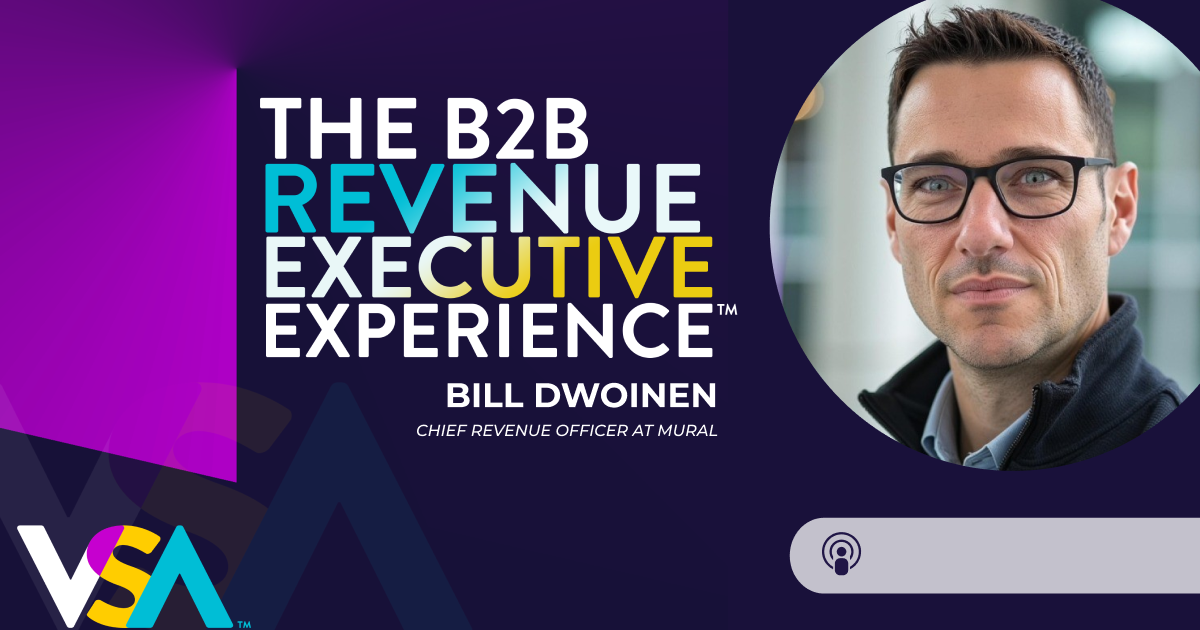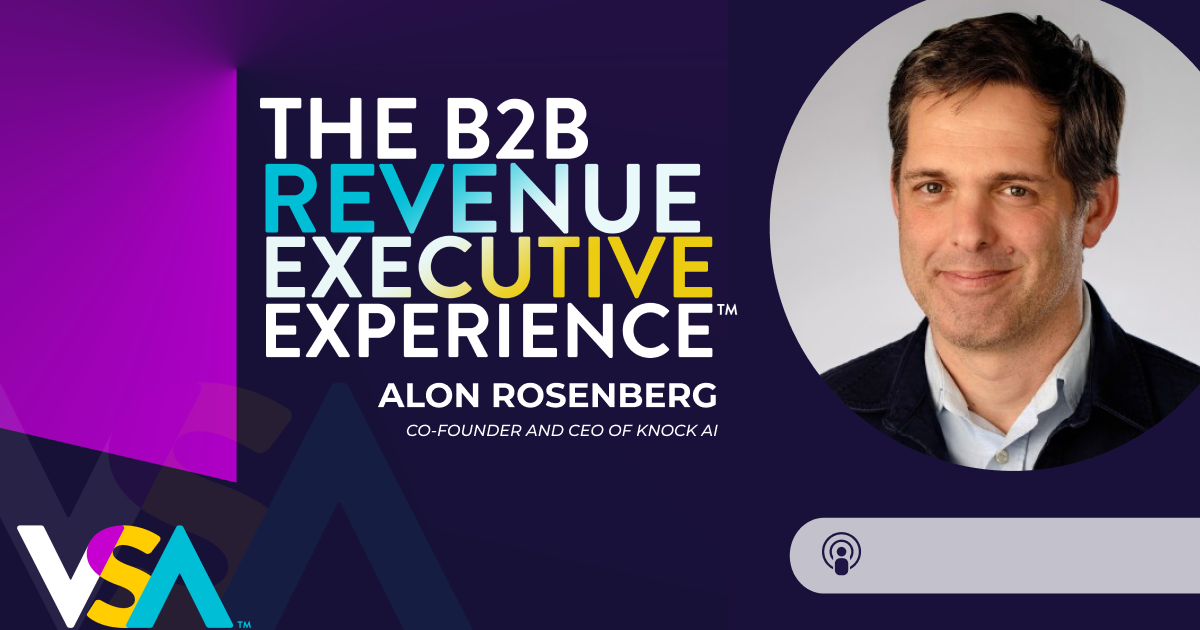Why You Should be Quantifying Customer Sentiment

The uncertainty and challenges surrounding COVID-19 are impacting every business right now.
Company leaders everywhere need to make difficult decisions quickly. This is no time for sentiment.
Wait, no. Scratch that. This is actually the perfect time for sentiment.
Customer sentiment, that is.
Sid Banerjee, Executive Vice Chairman, Founder & Chief Strategy Officer of Clarabridge, joins me on the podcast to go over why quantifying customer sentiment is one of the best tools a leader can use to guide their decisions — especially in a crisis.
Sid shares some interesting, real-world examples on just how companies in some of the hardest-hit industries are using the Clarabridge platform to tap into these insights and make the difficult decisions required in a crisis.
We cover:
- How to use your customers’ voices to drive loyalty and reduce risk
- Quantifying customer sentiment in a crisis in…
- Healthcare
- Finance
- Travel
Why you need to quantify the voice of the customer
Everyone says they want to listen to their customers, but there are so many sources for customer sentiment, it may seem hard to sort through them.
And different sources produce different results.
Social media, for instance, is interactive in a manner similar to a huge conversation. This format tends to amplify the high-intensity sentiments of users in the same way a family gathering does — and like a family gathering, someone always ends up drinking too much and yelling about politics.
You could also monitor phone calls and other communications with your customers to look at patterns in sentiment cropping up, which can alert you to issues in almost real-time. And there are the traditional paths, like market research, survey systems and review sites, which almost everyone is familiar with.
Clarabridge has designed its product to help companies tap into the voice of their customers, combining all these data and using AI-powered analytics to understand the customer’s true feelings.
“One of the things we’re really interested in understanding is not just what are people talking about, but how it is making them feel.”
SID BANERJEE at Clarabridge
If you can gauge not just your customer’s thoughts, but their feelings, then you can use that information to drive engender loyalty and foster better relationships with customers.
Your analysis can teach you what you are doing to make your customers happy and accentuate it, how to produce better marketing campaigns or how to provide better customer service in communications with the customer.
You can even take analysis of the data a step further and actually use them to look at where you may be exposed to risk and take steps to reduce it.
For instance, heavily-regulated businesses fearing they may run afoul of regulatory compliance can actually spot potential problems faster through customer interactions than other means. This allows them to take steps to fix the issue and minimize liability at a rapid pace.
This is actually the main area Clarabridge focuses. Well, it was — until COVID-19.
Quantifying customer sentiment in a crisis
COVID-19 upended our world overnight.
So many people have lost jobs, while others find inventive ways to work from home. We’ve stopped traveling, gathering or even hugging loved ones.
Everyone is sharing a collective moment of anxiety in regards to their health, their finances and whether toilet paper will ever appear back on the digital shelves we now turn to for groceries.
While some industries are hit harder than others, every business is, in some form, feeling the effects of the crisis. Everyone has tough decisions to make and needs to act fast to adapt to the new world in which we live.
And this makes customer sentiment more valuable than ever.
“There are two reasons for listening to your customer: The first is to be more aware and the second is to actually take action.”
SID BANERJEE at Clarabridge
As quickly as the virus spread, Sid saw the usage of Clarabridge’s platform shift.
Where COVID was not even a word on people’s radar a few months prior, it now comprised 30% of the data the company’s customers were using the platform to mine.
But this wasn’t just collective anxiety — companies were using the data to guide their responses.
Healthcare
If Sid had to pick the primary emotion in healthcare?
Confusion.
Insurance companies are finding their customers trying to figure out where to get their prescriptions filled. Expressing frustration over being redirected, limited hours or limited stock.
They’re finding customers looking for feedback on copays and — understandably in a pandemic — what their policies actually cover. And as the confusion and these frustrations simmer, the concerns creep their way into news segments with the potential to do damage to the company’s brand.
By quantifying customer sentiment early, these companies have found ways to address concerns through action — such as ramping up telehealth to assuage customers anxiety over seeing a doctor in a pandemic.
Finance
Social-distancing and slowing the spread of COVID slammed the brakes on the economy in an instant and we plummeted from all-time highs in employment to new record lows.
Everyone is worried about their finances in this climate. Everyone.
“People are going through financial upheaval now. The largest banks are quantifying this and seeing it’s in their best interest to have some grace through this transition period.”
SID BANERJEE at Clarabridge
Banks, barely a decade after the last financial crisis, are using customer sentiment to be proactive this time. They are realizing the concerns of the customers affect their bottom line and are taking steps to empathize and, more importantly, help customers.
These insights have led banks to show their customers some much-needed leeway.
Travel
Who wants to go on a cruise right now? Maybe fly to an exotic holiday destination? Nobody?
The travel industry was one of the first to be pummeled by the virus. It seems no one is planning a trip any time soon without being absolutely forced into it.
But travel companies are still using the insights gleaned from customer sentiments to calculate their next moves.
One way is to really hone in on their customer — and employee — experience. With so many call centers moving to a work-from-home status and frustrations from customers needing to cancel their future plans, there is still a lot of work to be done in the sector.
This blogpost includes highlights of our podcast interview with Sid Banerjee, Executive Vice Chairman, Founder & Chief Strategy Officer at Clarabridge.
Subscribe to hear this episode and many more like it. For the entire interview, you can listen to The B2B Revenue Executive Experience. If you don’t use Apple Podcasts, we suggest this link.
Explore More









